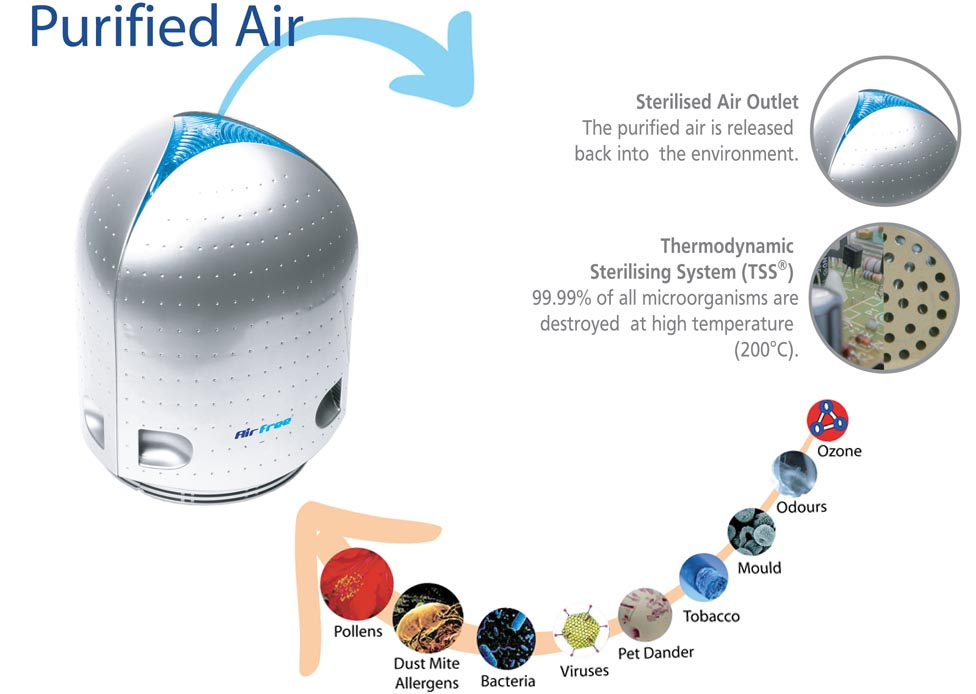Hospitals

Hospital infections
A serious problem that needs to be solved
The studies elaborated on Hospital Infections began over 150 years ago with Ignaz Semmelweis and Florence Nightingale, and contributed to the advance of microbiology and prophylactic actions in healthcare environments. But despite the improvement of aseptic practices, the hospital infections are still considered to be a public health problem.
The direct impacts occur in the mortality rates and costs of hospitalization and treatment. Several studies show that bioaerosols (clusters of micro-organisms suspended in the air) are crucial for the emergence of infections. It is estimated that these are responsible for 10% to 20% of the cases.
There are many forms of pathogens aerosolization, including through the ventilation system (natural or artificial), water aerosolization, skin scales freed by patients and medical staff and secretion droplets released by cough and sneezes. Researches on this field show that the members of a surgical team can emit from 1.500 to 50.000 bacteria per minute, and those pathogens normally remain in suspension for long periods of time.
Is better to prevent than to cure
Hospital infections not only mean high financial costs but can also cost lives. Thus, rather than treating, the prevention of these infections through air purification is shown to be the best fighting strategy, since it is not only cheaper but also more effective.
As an example, the cost of a single patient's treatment for invasive aspergillosis is equivalent to the purchase of over 160 Airfree® devices for air treatment.
Some dangerous pathogens:
Staphylococcus aureus is one of the greatest responsible for hospital infections. The bacteria resistance to antibiotics is becoming an increasing trend in hospitals. A study conducted over three years in Brazilian states showed the resistance of seven species of bacteria to common antibiotics, including S. aureus and P. aeruginosa. Outbreaks of fungal infections have also been demonstrated in various studies.
Aspergillus ssp has required special care, since this fungus can be found in virtually all environments, being the air its main route of transmission. Due to the small size of the conidia (spore that exists in fungi), it can stay in suspension in the air for long periods of time, remaining active for months, even in places with low humidity. Estimations show that 75% of invasive aspergillosis cases result in death, mainly due to the diagnosis difficulty, besides the low success rate of the treatment (5%), which is also expensive.
Pure air: fundamental in health spaces!
Airfree® air purifier has proven its application in reducing the microbial burden present in the air. In twelve tests performed in real usage situations, by independent laboratories (ISO 17025 norm), the percentage of reduction in microbial burden varied from 62% to 99%, and fungal load decreased between 64% and 99%. The reduction average was 82% for bacteria and 86% for fungi.
Airfree ® patented technology allows the achievement of high percentages of reduction, through trapping and burning of microorganisms at temperatures above 400 º F.

→ Find Answers to Frequently Asked Questions
DOWNLOADS - HOSPITALS


